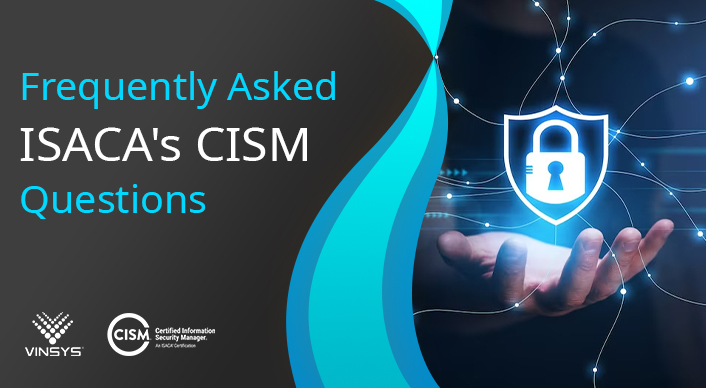A nonprofit organization plays a critical role in addressing societal challenges and bringing about positive change. To effectively convey your mission, goals, and impact to potential donors, partners, and stakeholders, a well-crafted pitch deck is essential. In this article, we will guide you through the key elements to include in your nonprofit pitch deck to captivate and inspire your audience.
Compelling Introduction:
Start your pitch deck with a powerful and concise introduction that clearly communicates your organization’s purpose and impact. Capture attention by highlighting the problem or issue you aim to address and how your nonprofit pitch deck is uniquely positioned to make a difference. Use compelling statistics or stories to evoke an emotional response and create a connection with your audience.
Mission and Vision:
Clearly articulate your nonprofit’s mission and vision. Explain the core values and principles that guide your work. Clearly communicate why your organization exists and how it aims to create positive change. Make it clear that your mission is aligned with the values and interests of your target audience.
Problem Statement:
Present a comprehensive understanding of the problem or issue your nonprofit seeks to address. Share relevant data, statistics, and real-life examples to highlight the magnitude and urgency of the problem. Clearly demonstrate why your cause is important and why immediate action is needed.
Solution and Impact:
Describe your organization’s solution and how it contributes to solving the problem. Outline your programs, initiatives, or projects and explain how they create a positive impact. Use concrete examples and success stories to showcase the tangible outcomes and benefits of your work. Highlight the social, economic, or environmental changes your nonprofit strives to achieve.

Target Audience and Beneficiaries:
Clearly define your target audience and the beneficiaries of your nonprofit’s work. Explain who directly benefits from your programs or services and why they are in need. Demonstrate your understanding of the needs, challenges, and aspirations of your target audience to build credibility and trust.
Unique Value Proposition:
Highlight what sets your nonprofit apart from others in the field. Emphasize your unique approach, expertise, partnerships, or innovative strategies that differentiate your organization. Clearly communicate the value your nonprofit brings to the table and how it positively impacts the lives of your beneficiaries.
Sustainability and Funding:
Address the financial sustainability of your nonprofit. Outline your funding model, including diverse revenue streams such as grants, donations, sponsorships, or earned income. Showcase your financial management practices and emphasize your commitment to transparency and accountability.
Team and Partnerships:
Introduce your team and highlight their qualifications, expertise, and dedication. Emphasize the collective experience and skills that make your team capable of executing your nonprofit’s mission. Showcase strategic partnerships and collaborations that strengthen your organization’s impact and reach.
Call to Action:
Conclude your pitch deck with a clear call to action. Invite your audience to support your cause, whether through financial contributions, partnerships, volunteering, or spreading awareness. Provide clear instructions on how they can get involved and make a meaningful impact.
Visual Design and Presentation:
Ensure your pitch deck is visually appealing and professionally designed. Use high-quality images, graphics, and consistent branding elements to enhance the visual appeal and readability. Keep the content concise, use bullet points or visual aids, and avoid cluttered slides. Practice your presentation to deliver it confidently and engage your audience effectively.
In conclusion, a well-crafted nonprofit pitch deck can serve as a powerful tool for conveying your organization’s mission, impact, and value to potential stakeholders. By incorporating the key elements discussed in this article, you can create a compelling narrative that captivates your audience and inspires them to support your cause.

Start with a compelling introduction that grabs attention and establishes an emotional connection. Clearly articulate your mission, vision, and the problem you aim to address. Present a well-defined solution and highlight the tangible impact your organization has made or plans to make. Clearly communicate who your target audience and beneficiaries are, showcasing your understanding of their needs and aspirations.
Emphasize your unique value proposition and what sets your nonprofit apart from others in the field. Highlight the sustainability of your organization by discussing your funding model and financial management practices. Introduce your team and any strategic partnerships that enhance your capacity to create change.
Conclude your pitch deck with a strong call to action, inviting your audience to support your cause and get involved. Provide clear instructions on how they can contribute, whether through financial contributions, partnerships, volunteering, or spreading awareness.
Remember to design your pitch deck with visual appeal and professionalism, using high-quality images, graphics, and consistent branding elements. Practice your presentation to deliver it confidently and engage your audience effectively.
By following these guidelines, you can create a compelling nonprofit pitch deck that effectively communicates your mission, resonates with your audience, and increases your chances of securing the support and resources needed to drive meaningful impact. Harness the power of your pitch deck to inspire change and mobilize others to join your cause.















